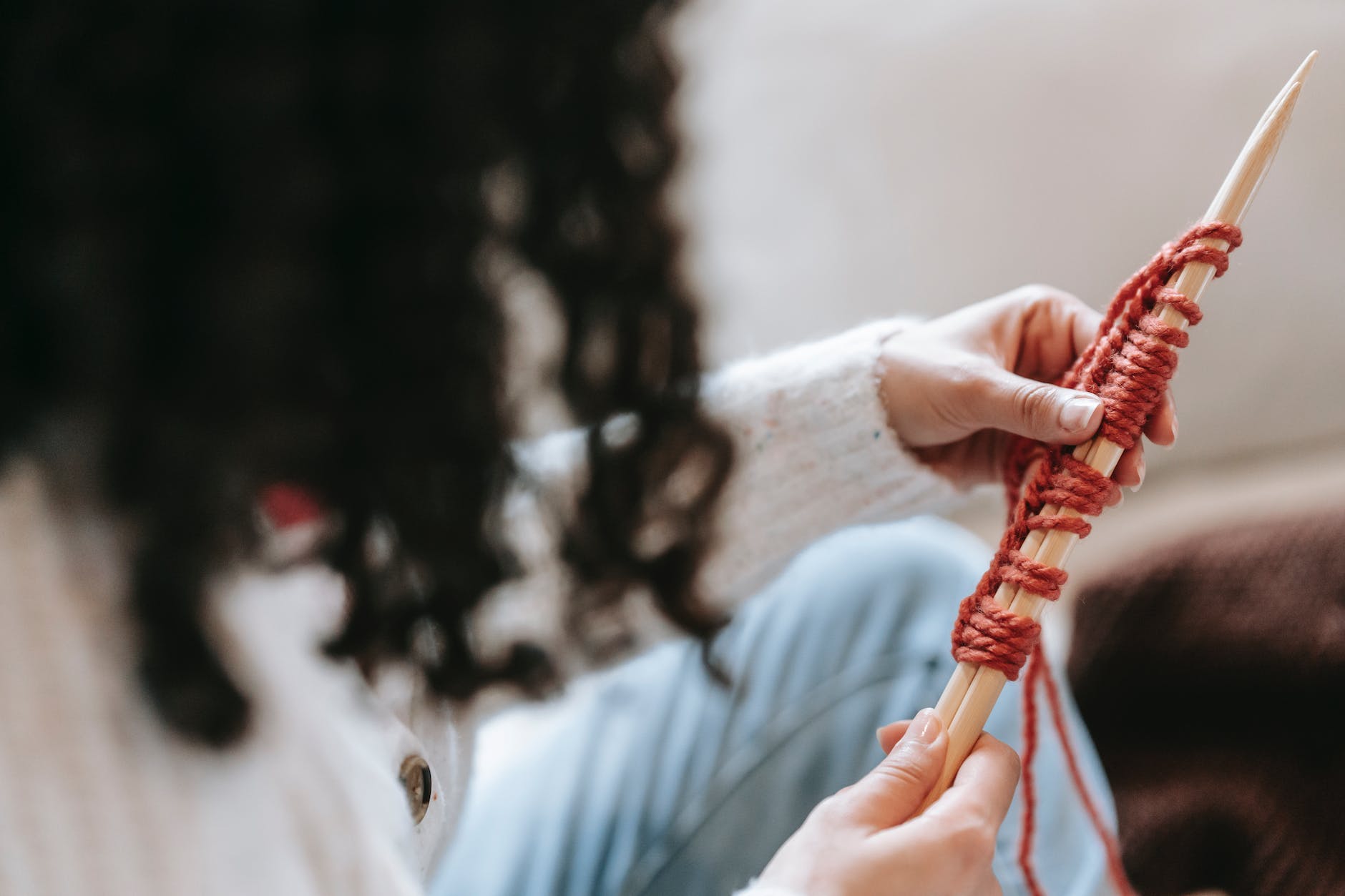knitting techniques: cast on, bind off, and beyond
Knit and purl stitches are the foundation of all knitting, but there are many other essential techniques that knitters need to master in order to create beautiful and functional projects.
Some of the most important techniques include casting on, binding off, shaping, and finishing.
Casting on is the process of creating the first row of stitches on your needle. There are many different casting on methods, each with its own advantages and disadvantages.
Binding off is the process of finishing your knitting project. There are also many different binding off methods, some of which create a more stretchy edge than others.
Shaping is the process of increasing or decreasing the number of stitches in your knitting in order to create different shapes, such as sleeves or necklines.
Finishing is the process of adding any final touches to your knitting project, such as weaving in the ends or adding a border.
Understanding the variety of methods for each process ensures that knitters can choose the right approach based on the design and yarn characteristics.
For example, if you are knitting a garment with a lot of shaping, you will need to use a method of casting on that creates a stretchy edge.
Or, if you are knitting with a yarn that is prone to curling, you will need to use a method of binding off that creates a flat edge.
By mastering these essential techniques, knitters can create beautiful and functional projects that they will be proud to wear or give as gifts.
Here are some additional tips for mastering essential knitting techniques:
- Practice regularly. The more you practice, the better you will become at these techniques.
- Read patterns carefully. Most patterns will specify which casting on, binding off, shaping, and finishing methods to use.
- Experiment with different methods. There is no one right way to do these techniques. Experiment until you find a method that works best for you.
- Ask for help. If you are struggling with a particular technique, ask a more experienced knitter for help.
With a little practice and patience, you will be mastering these essential knitting techniques in no time!
Casting On Options
Casting on attaches the initial loops that form the bottom edge of a piece. Different methods suit varying needs.
Long Tail Cast On – A go-to for beginners. Creates very elastic edges ideal for items needing to stretch like socks. Leave a long tail to measure loops.
Cable Cast On – Produces a gorgeous ropy edged border, less elastic. Good for maintaining edges in ribbing or lace.
Provisional Cast On – Temporary beginning that later gets removed. Permits knitting up from cast on row or adding borders later.
Tubular Cast On – Makes an invisible seamless starting round. Great for toe-up socks and sleeves to avoid cuff bumps.
Thumb Cast On – Allows starting flat then joining to work circularly. Handy for hat brims or circular shawls.
Backward Loop – Simple method but can leave gaps. Useful for adding stitches mid-work like button bands.
Binding Off for Finished Edges
Binding off creates a finished non-curling edge securely.
Standard Bind Off – Works a loop through each stitch then passes it over the needle to fasten off. Elasticity depends on tension.
Suspended Bind Off – Very sturdy edge but not terribly stretchy. Leaves a raised ridge line. Provides stability.
Three Needle Bind Off – Perfect bind off for joining shoulder seams or binding off two pieces together at once.
Picot Bind Off – Makes an elegant decorative border with tiny loops along the edge resembling lace picots.
I-cord Bind Off – Uses an I-cord to bind off resulting in a channel cord-like finish. Great for blanket edges.
Shaping with Increases and Decreases
Varying stitch counts shapes garments, accessories, and motifs.
Increases – Yarn overs, knit front/back, lifted increases, M1 all add stitches.
Decreases – K2tog, ssk, slip-pass-over, p2tog subtract stitches.
Placing increases and decreases strategically contours knitting. Rounds alternate them to create domed hats or cup-shaped mittens.
Joining Pieces
Connecting panels smoothly allows finishing seamless garments.
Mattress Stitch – Nearly invisible vertical or horizontal seams. Weave pieces together.
Backstitch Seam – Fast sturdy joining on wrong side. Works for bulky pieces.
Kitchener Stitch – Specialty finishing that grafts live stitches together, often for sock/hat toes.
Pick Up and Knit – Pick up loops along an edge to seamlessly continue knitting an adjoining piece like a collar.
Knitting is a versatile craft that allows you to create beautiful and functional objects. In order to master this skill, it is important to learn the essential techniques of casting on, binding off, shaping, and finishing.
There are many different methods for each of these techniques, so it is important to experiment until you find one that works best for you. With a little practice, you will be able to create beautiful and intricate knitted pieces in no time!
Here are some additional tips for mastering essential knitting techniques:
- Start with simple projects. This will help you to learn the basic techniques without getting overwhelmed.
- Read patterns carefully. Most patterns will specify which casting on, binding off, shaping, and finishing methods to use.
- Experiment with different yarns and needles. The type of yarn and needles you use will affect the way your knitting looks and feels.
- Don’t be afraid to make mistakes. Everyone makes mistakes when they’re learning a new skill. The important thing is to learn from your mistakes and keep practicing.
With a little practice and patience, you will be mastering these essential knitting techniques in no time!
